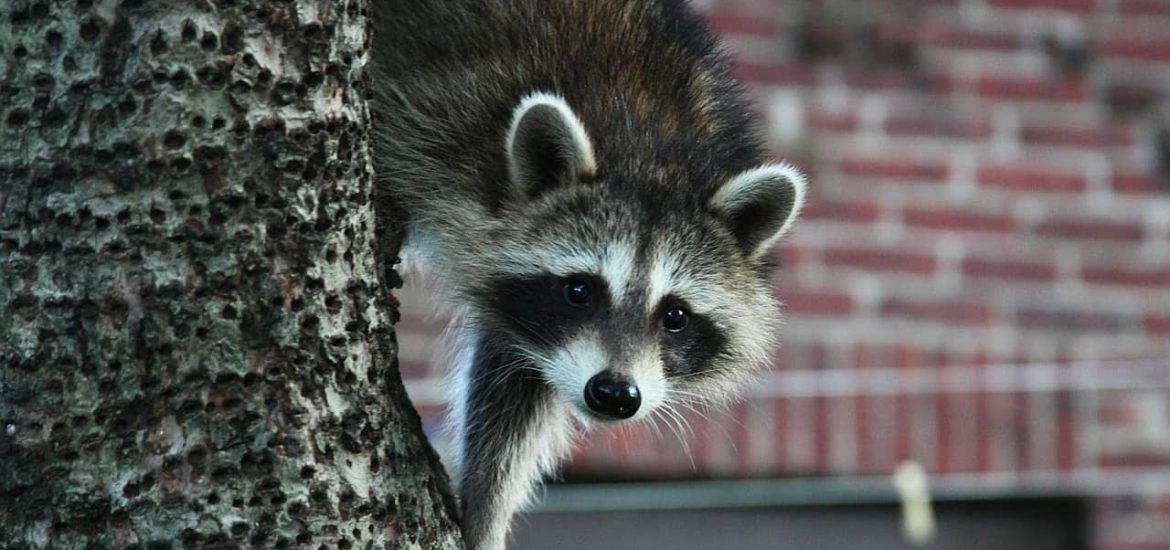Animals that can adopt well to resource-rich urbanized environments could fare better than those that can’t.

Mammals living in cities grow larger than their country cousins
Photo: Pixabay/Public Domain Images
Wild mammals that live and forage in urban areas are growing bigger, new research shows in a surprising twist to received wisdom.
A mainstream hypthesis has it that animals living in urban areas should get smaller over time because the heat island effect, whereby urban areas are warmer than their surroundings, would favor adoptations of smaller body sizes.
That, however, does not appear to be the case, explain a team of scientists at the Florida Museum of Natural History who have examined more than140,000 body size records of more than 100 mammals over 80 years across North America.
The experts wanted to see how climate and the animals’ proximity to urban areas are having an effect on their body size. They have found that most mammals that dwell in cities have grown measurably larger over time than their counterparts in the wild.
“Our results demonstrate that both urbanization and temperature influence mammalian body size variation, most often leading to larger individuals, thus supporting the resource availability hypothesis,” they write in a study published in the journal Communications Biology.
“In theory, animals in cities should be getting smaller because of these heat island effects, but we didn’t find evidence for this happening in mammals,” said Maggie Hantak, a postdoctoral researcher who was the study’s lead author.
A model created by the scientists factored in variables in temperatures and urban density in certain areas to track how they influence the size of mammals in those areas. As temperatures dropped, both the animals’ body length and mass increased in line with Bergmann’s Rule, which has it that members of a given species grow larger in colder areas and smaller in warmer ones.
However, the scientists have discovered that mammals living in cities tend to grow larger regardless of temperature, indicating that proximity to urban areas plays a more dominant factor in determining body size. A likely explanation is that urban environments provide mammals from rats to raccoons with easily available food in the form of trash and other sources.
“That wasn’t what we expected to find at all,” said Robert Guralnick, curator of biodiversity informatics at Florida Museum who was an author of the paper. “But urbanization represents this new disturbance of the natural landscape that didn’t exist thousands of years ago. It’s important to recognize that it’s having a huge impact.”
The new research is providing key insights into how many mammalian species will adopt to rapid urbanization and climate change at the same time. It remains to be seen, however, how a diet of food waste, including junk food, will impact the health of animals foraging in our trash.
“When we think about what’s going to happen to mammalian body size over the next 100 years, a lot of people frame that as global warming causing animals to get smaller,” Guralnick said. “What if that isn’t the biggest effect? What if it’s that urbanization is going to lead to fatter mammals?”
Importantly, the scientists say, animals that can adopt well to resource-rich urbanized environments could fare significantly better than those that can’t, especially considering the ongoing loss and fragmentation of natural habitats.
“Animals that like living in urban environments could have a selective advantage while other species may lose out because of the continued fragmentation of landscapes,” Guralnick said. “This is relevant to how we think about managing suburban and urban areas and our wildlands in 100 years.”








